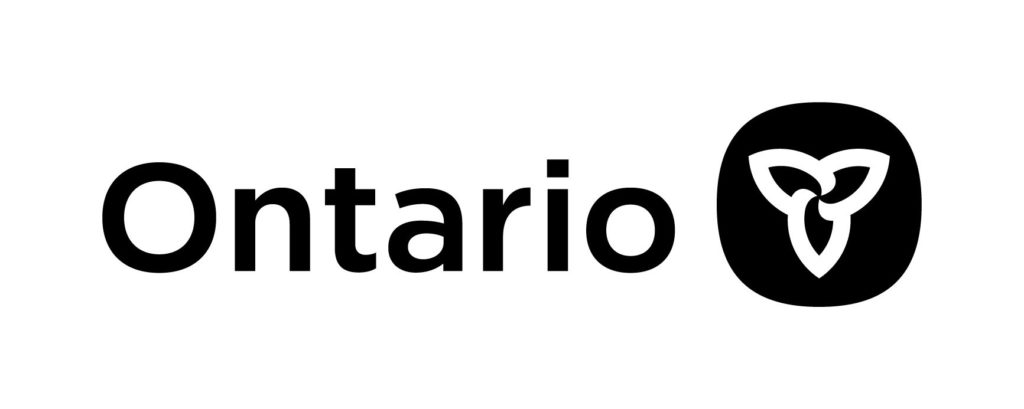Blanding's turtle © Scott Gillingwater
Atlas Publication
The Ontario Reptile and Amphibian Atlas (ORAA) publication documents current knowledge of the distribution of reptiles and amphibians. This will inform ongoing conservation work. The publication is the most comprehensive source of information available!
Through extensive outreach and community-building efforts, the ORAA has increased public awareness and appreciation of Ontario’s reptiles and amphibians and their plight. It has also engaged people from across the province in research and conservation at an unprecedented scale.
The atlas publication is 443 information-packed pages, supported by more than 70 maps and 300 photographs.
Atlas StoryMap
Check out our StoryMap to read six stories about Ontario’s reptiles and amphibians that present fascinating perspectives based on data collected across each atlas effort.
Atlas History
The first reptile and amphibian atlas in Ontario was launched by the Ontario Herpetofaunal Summary (OHS) in 1984 and was maintained until 2009. In 2008, the Eastern Ontario Herpetofaunal Atlas (EOHA) reinvigorated data collection efforts in Eastern Ontario, and Ontario Nature expanded these efforts to the provincial scale in 2009 through the Ontario Reptile and Amphibian Atlas (ORAA).
After 10 years of data collection by over 12,000 volunteers, the ORAA transitioned into a new era in 2019, with Ontario Nature wrapping-up the data collection phase and shifting to data analysis for publication of the Atlas in 2023. This Ontario Nature publication uses data collected by the ORAA and past atlas efforts to document current knowledge of the distribution of reptiles and amphibians in Ontario to inform ongoing conservation efforts.
We are grateful to the many atlas contributors and community scientists.
Atlas Next Steps
While the ORAA is no longer collecting observations, the need to document reptiles and amphibians across the province remains. We encourage you to continue submitting observations through the ‘Herps of Ontario’ project on iNaturalist or directly to the Natural Heritage Information Centre for species at risk.
Check out the Ontario Reptile and Amphibian Atlas publication for guidance on where continued surveys for reptiles and amphibians are needed in Ontario.
Conservation
- Get involved in reptile and amphibian conservation on your property, on the road and in your community
- Monitor snakes using Ontario Nature’s Long-term Monitoring Protocol
- Support and volunteer for reptile and amphibian conservation groups in your area
- Read the atlas publication for more ways that you can help
Impact
By contributing sightings to the atlas your data directly supported conservation initiatives across the province. A few of the ways that contributed data has informed conservation include:
- Snake Long-term Monitoring Protocol
- Ratsnake research in Norfolk County
- Amphibian monitoring
- Red-backed salamander population trends report
- COSEWIC status reports
- Queensnake project
- On the Road to Recovery at Bruce Peninsula National Park
Read the atlas publication for more details about its impact.
The Ontario Reptile and Amphibian Atlas is generously supported by:
Government of Canada through: Environment Canada – Habitat Stewardship Program, ECO Canada, Science Horizons Youth Internship Program, Canada Summer Jobs, CICan, Natural Resources Canada
Government of Ontario through: Ontario Ministry of Natural Resources and Forestry – Species at Risk Stewardship Fund, Ontario Trillium Foundation

















